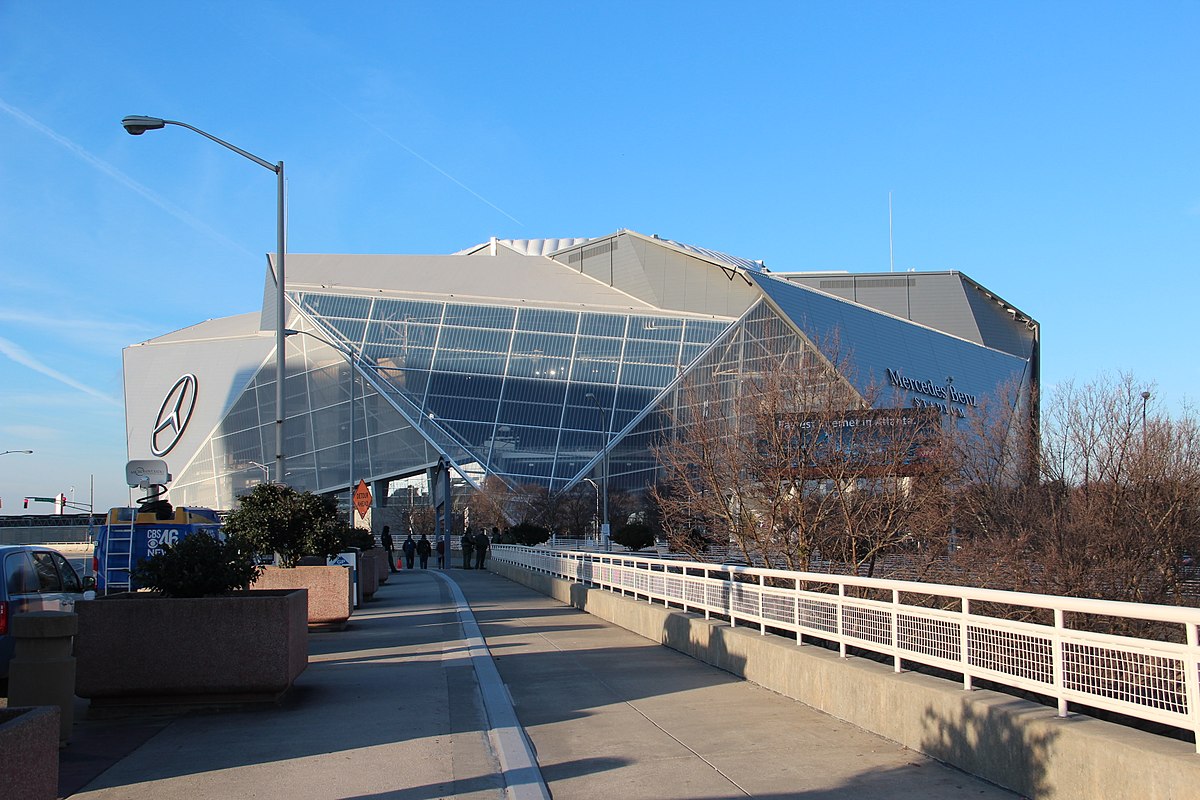 By: Kaitlyn Lewis, Opinion Editor
By: Kaitlyn Lewis, Opinion Editor
There are at least two sides to every issue; every situation gives and takes. I believe the KSU-SPSU consolidation brings many benefits as well as a few obstacles we will have to face along the way.
For the most part, KSU administration has informed us about all the good things the merger will bring, but I have always wondered about the other side of the issue. What about the transportation between the Marietta and Kennesaw campuses? How will both campuses become equal?
I contacted Dr. Michael Sanseviro, KSU’s Dean of Students, asking for his insight on the consolidation. I wanted to know how students are benefiting and what we might be losing from the merger.
Dr. Sanseviro listed numerous advantages such as increased national and international reputation, more options for students, more student services and more networking opportunities.
Through the consolidation, Dr. Sanseviro says, we gain “increased access to employers and community partners through combining the already significant connections of SPSU in Marietta and KSU in Kennesaw” as well as a broader influence in Kennesaw, Marietta, Atlanta and beyond.
Another way students will profit from the merger is through an increase in resources, as result of becoming a larger institution.
“The new university will likely also attract more external financial support through grants, scholarships, etc,” Dr. Sanseviro said. More opportunities for scholarships is always a plus.
However, in spite of the benefits, the merger also yields challenges for students—Dr. Sanseviro says transportation is one of them. A shuttle will run between the two campuses, but Interstate-75 traffic will not disappear. Transportation can become a challenge for both students and faculty.
“Having worked at multi-campus institutions earlier in my career, I learned lots of creative ways to maximize my productivity and minimize any negative impact of travel challenges,” Dr. Sanseviro said. “For example, when I used shuttles or public transit to travel between locations I always made sure to have work with me so I could still get things done, and often I was more productive and could catch up on reading or other projects because I had some dedicated time available. Expanding technologies are increasing the ways we can maximize ‘down time.’ Even when I didn’t feel like getting any work done, I often met new and interesting people on the campus shuttles and/or public transportation, and those ‘down times’ actually created some great networking opportunities.”
Scheduling will also become another challenge as core classes will be offered on both campuses. Faculty will be impacted more than students, according to Dr. Sanseviro, as they will need to spend time on both campuses.
KSU will also have to face a short-term obstacle, according to Dr. Sanseviro. Both KSU and SPSU are operating from their own individual budgets until the new fiscal year begins July 1, 2015.
In the big picture, it seems that the pros outweigh the cons, and KSU students and faculty should be able to cope with scheduling, transportation issues and budget limitations until we get it all figured out. But there is one more challenge I have yet to mention—perhaps the most unwanted outcome of the merger.
As KSU expands into a larger, more influential university, our overall culture is shifting. Individuals are having to redefine their sense of belonging to campus.
I knew some SPSU students who expressed concerned about what their future diplomas would communicate to potential employers. These students were once proud to be attending SPSU, a technical university, and they wanted employers to see that they graduated with technical degree from a technical school.
A school’s name is important because it creates a sense of identity for students, and SPSU lost its name.
“Culture is multifaceted, so there is still opportunity for subcultures to emerge that preserve the unique experiences that have always existed within certain academic programs,” Dr. Sanseviro said.
Students will go to the campus that offers meets their own needs; so if more engineering classes are offered at the Marietta campus, engineering majors who have been attending SPSU before the merger may not transfer to the Kennesaw campus. I believe the existing cultures will still be preserved through the consolidation; but a new, transcendent culture is emerging with a broader sphere of influence.
Although we may miss some of the old ways of our old universities, and it may be difficult along the way, the general outcome of the consolidation may be worth it in the end. Just as one’s strengths are highlighted by another’s weaknesses, both KSU and SPSU could be stronger together.



